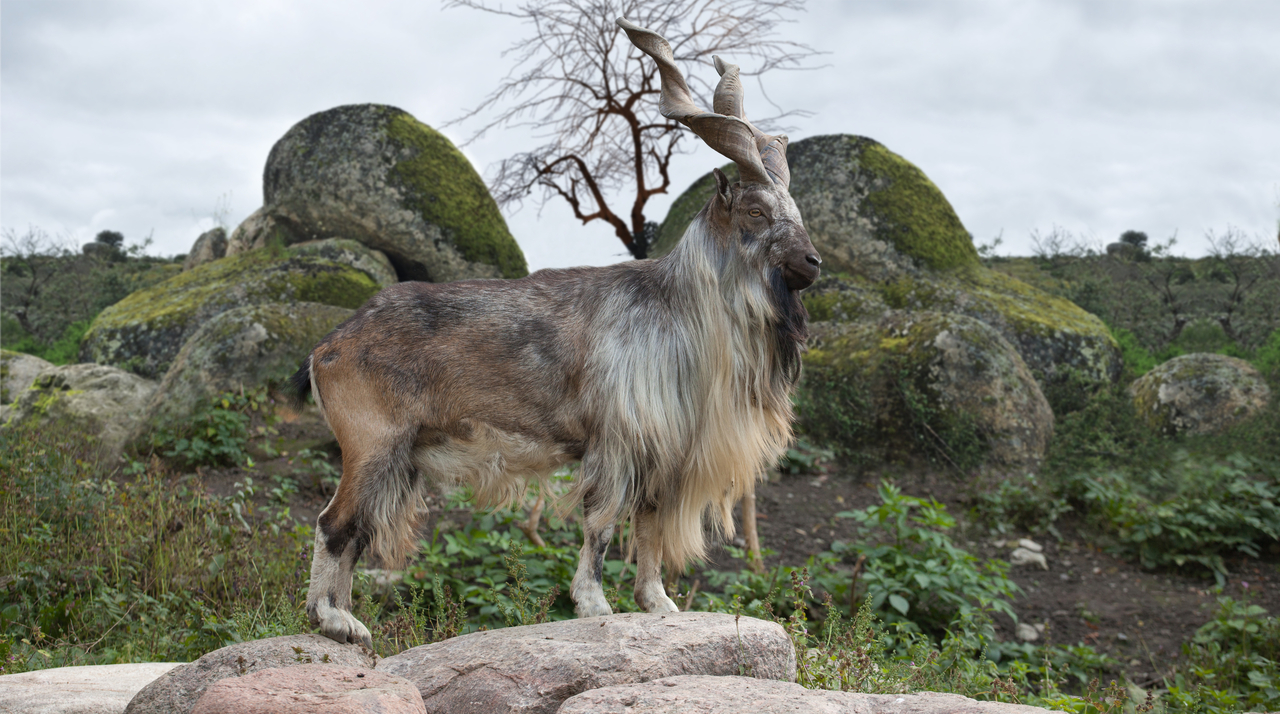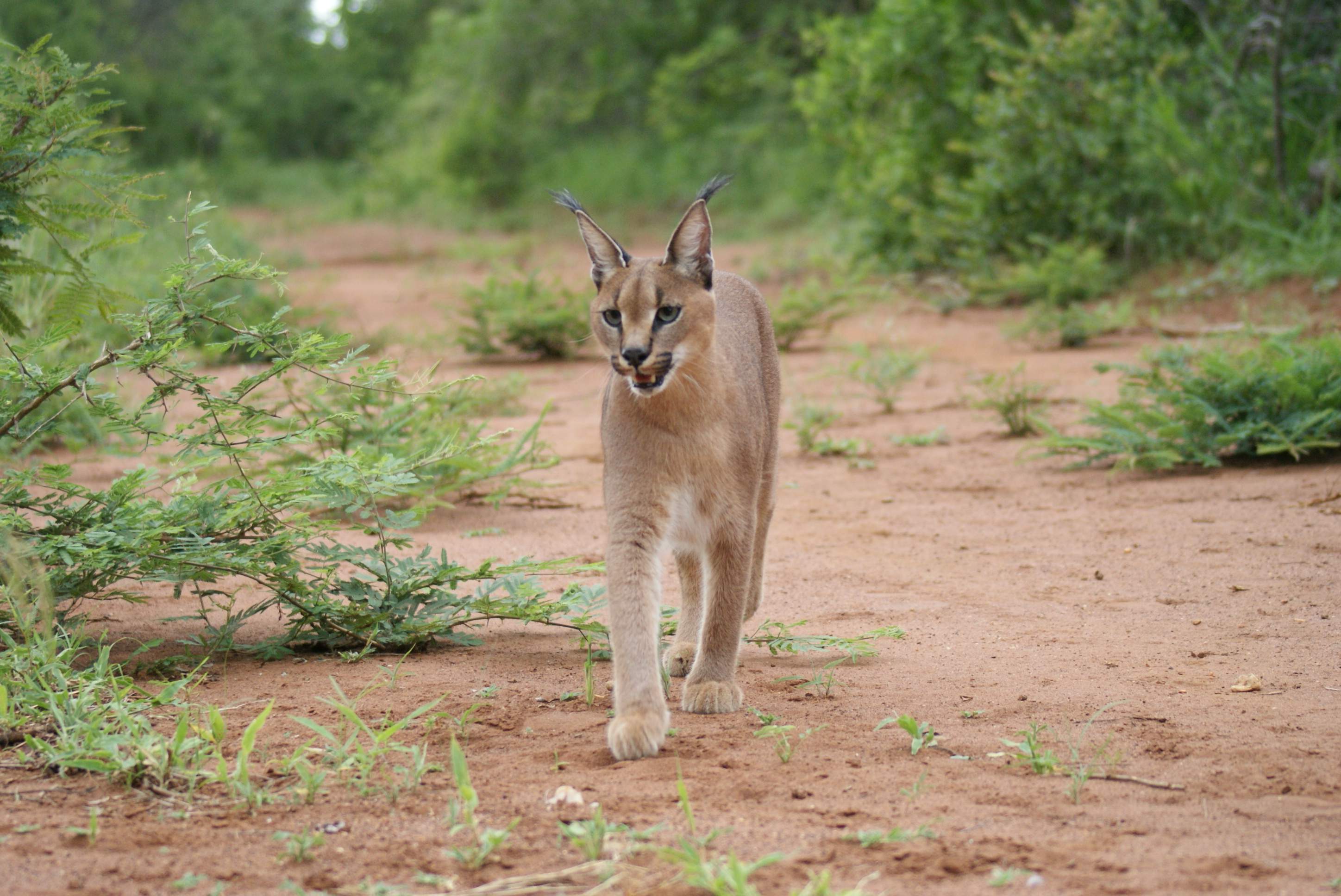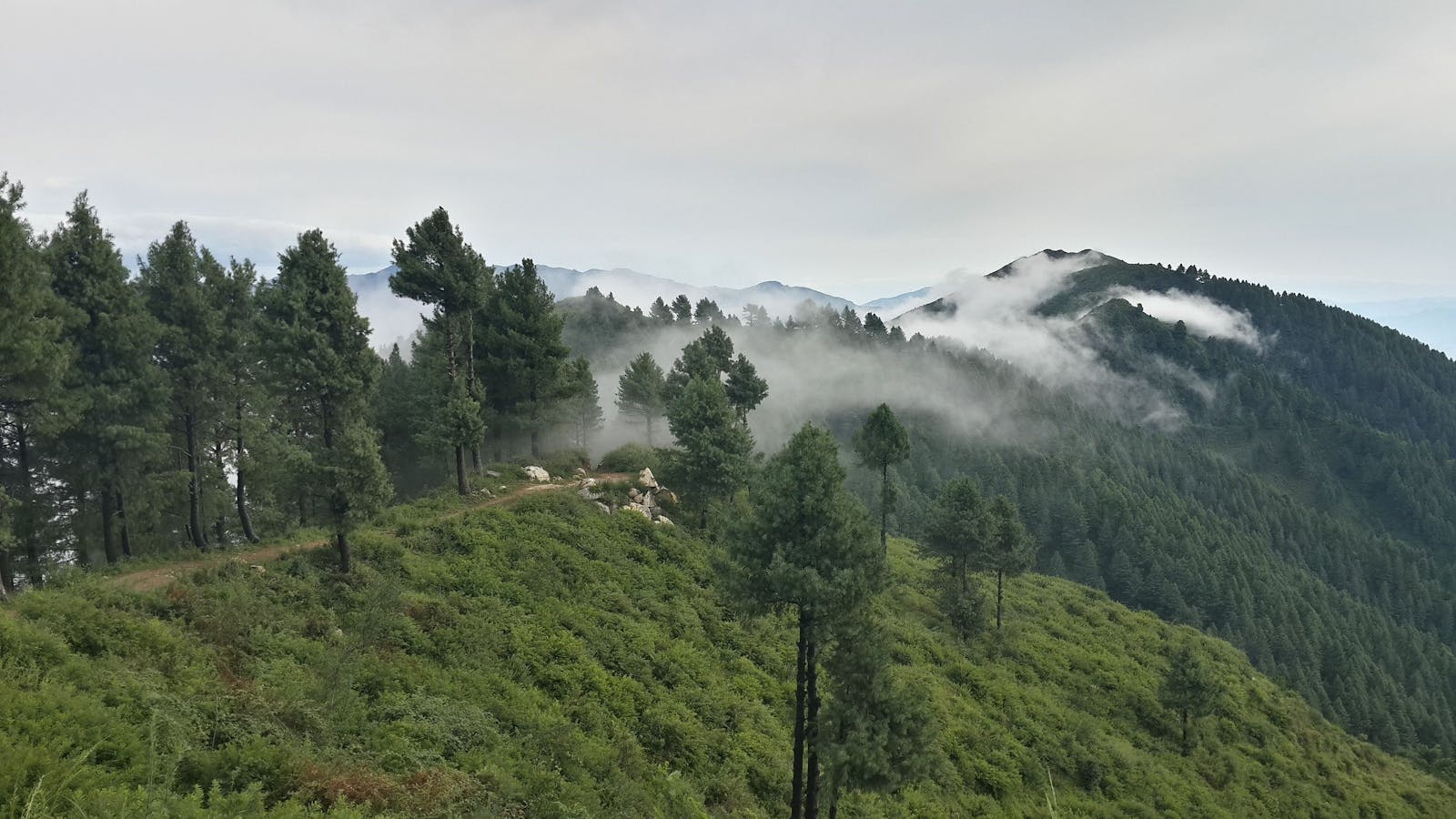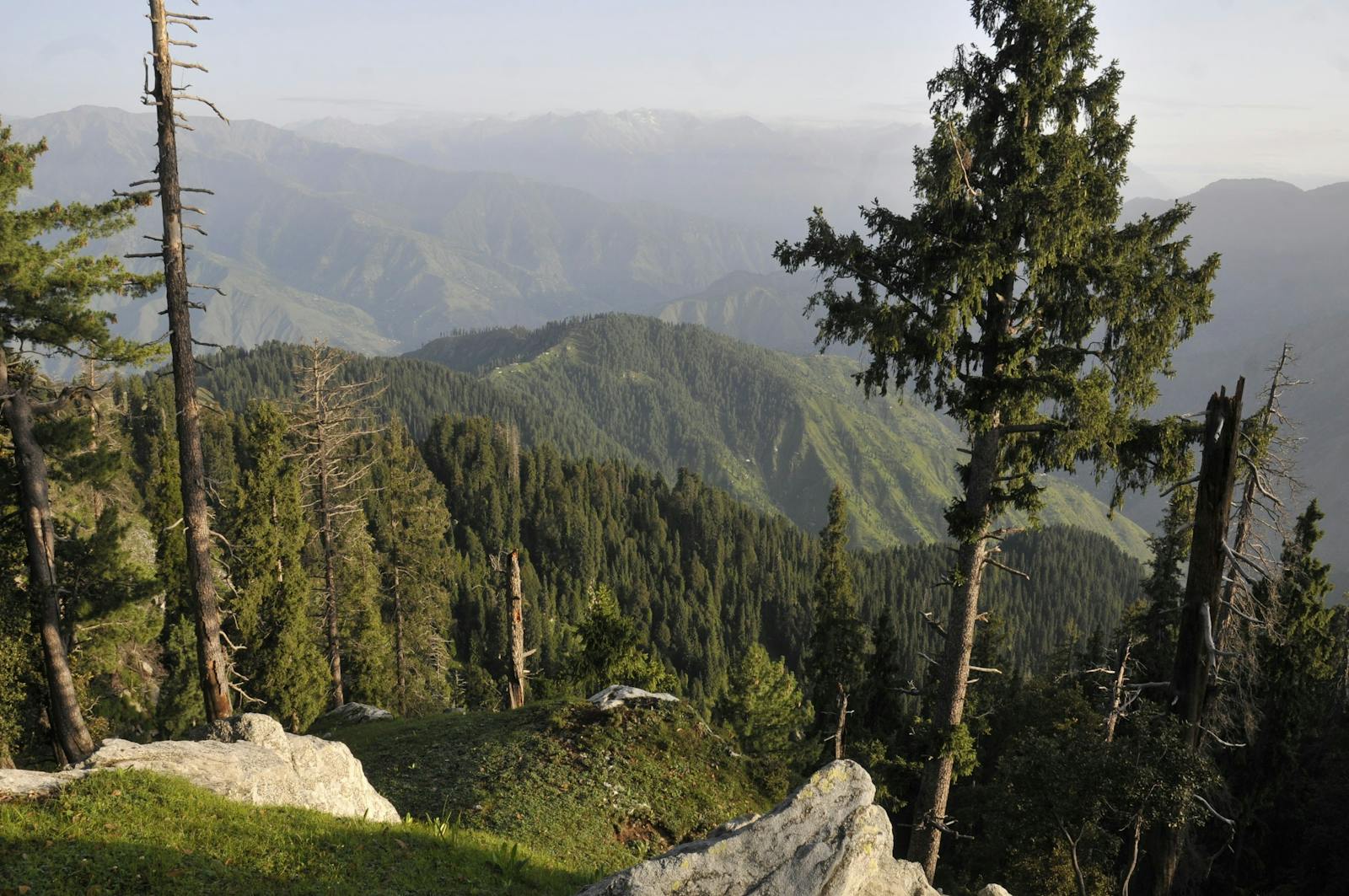Baluchistan Xeric Woodlands
The ecoregion’s land area is provided in units of 1,000 hectares. The conservation target is the Global Safety Net (GSN1) area for the given ecoregion. The protection level indicates the percentage of the GSN goal that is currently protected on a scale of 0-10. N/A means data is not available at this time.
Bioregion: Afghan-Balochistan Drylands, Mountain Meadows & Conifer Forests (PA30)
Realm: Central Eurasia
Ecoregion Size (1000 ha):
28,939
Ecoregion ID:
814
Conservation Target:
8%
Protection Level:
4
States: Pakistan, Afghanistan
The Baluchistan Xeric Woodlands ecoregion includes the juniper forests of northcentral Baluchistan, considered to be the largest remaining in the world, and home to the highly threatened Baluchistan bear and Kabul markhor. Some Juniper trees are over 2,500 years old. Unfortunately, several important species, including the tiger, Asiatic cheetah, and Asiatic wild ass, have been extirpated from here.

The flagship species of the Baluchistan Xeric Woodlands ecoregion is the Kabul markhor. Image credit: Creative Commons
The ecoregion extends from the Las Bela Valley and high plateaus of Baluchistan Province in southwest Pakistan and southeastern Afghanistan north to the Trans-Indus Plains of the North-West Frontier Province and the border of Eastern Hindu Kush and the Himalayan Mountains. The terrain is a maze of mountain ranges with elevations from 1,000 to 3,000 m, dissected by large passes such as Quetta and Khyber. Short rivers originate from the hills of Baluchistan Plateau and drain into shallow lakes or are absorbed into the sandy deserts.
Annual rainfall is usually less than 150 mm, falling during the southwest monsoon from June to September. Temperatures fluctuate severely in time and space. The highlands experience very cold winters and hot summers, but the weather is ameliorated near the coast, and winters are mild. Summer temperatures can approach 50ºC. Northerly hot winds with velocities approaching 180 km/h, called loo, raise dust storms in the summer.

Albino spectacled cobra. Image credit: Rushikesh Lohar, Creative Commons
Below 1,500 m elevation, the vegetation is a tropical steppe flora, with open xeric woodlands between 1,500 and 2,000 m. Further up, the montane vegetation consists of open woodlands of pistachio, almond, and junipers, with shrubs such as barberry, honey-suckle, and sage. At higher elevations, the vegetation transitions into an alpine vegetation with hard, sclerophyllus leaves. These include olive and varnish leaf, a shrub with shiny leaves that look as if they have been varnished. The resinous coating on leaves reduces water loss and makes these plants drought tolerant.

Pistachia atlantica. Image credit: Creative Commons
The ecoregion has a rich faunal diversity. Carnivores include the common leopard, caracal, and jungle cat in the southern regions, and the leopard cat and Pallas’s cat in the northern regions. Striped hyena and red fox live in the Baluchistan hills. The grazers are the Indian gazelle or chinkara in western Baluchistan while hog deer are common in the Indus plain.
The higher mountains support large mountain sheep and goats, such as the Sulaiman markhor, flare-horned markhor, Afghan urial, and Sind ibex. Over 300 bird species have been recorded from this ecoregion, from the large Egyptian vulture and Greater spotted eagle, to smaller swallows, larks, and bee-eaters. The wetlands attract a variety of waterfowl, including swans, geese, ducks, grebes, herons, and other waders.

Carcal. Image credit: Louise Joubert, Creative Commons
Over the centuries, intensive logging and agriculture have taken a heavy toll on the ecoregion’s vegetation, and the remaining forests are in small patches. Forest clearing for fuel, fodder, charcoal, and building materials continues. Large areas are assigned for livestock pasture. But overgrazing is leading to soil erosion, and desertification.
There are several protected areas in this ecoregion, and some, such as Dureji Wildlife Sanctuary and Raghai Rakhshan Wildlife Sanctuary, are over 1,000 km2. But these cover only a very small area of the vast, diverse ecoregion. Management of protected areas in this ecoregion, governed largely by tribal laws, will be difficult unless the local communities are engaged in conservation. Thus, a decentralized conservation paradigm may be necessary.
The priority conservation actions are to: 1) launch an extensive education and communication program for conservation awareness to engage local communities and government; 2) conserve areas with the larger remaining forest patches to secure wildlife habitat; and 3) prepare and implement protected areas management plans with local communities.
Citations
- Government of Balochistan and IUCN Pakis tan (2000). Balochistan Conservation Strategy. IUCN Pakistan and GoB, Karachi, Pakistan. xxxii + 354 pp
- Wikramanayake, E, E. Dinerstein, et al. 2002. Terrestrial Ecoregions of the Indo-Pacific: A Conservation Assessment. Island Press.
- Islamic Republic Of Afghanistan. Fifth National Report to the United Nation’s Convention on Biological Diversity. Submitted by the National Environmental Protection Agency, 31 March 2014




